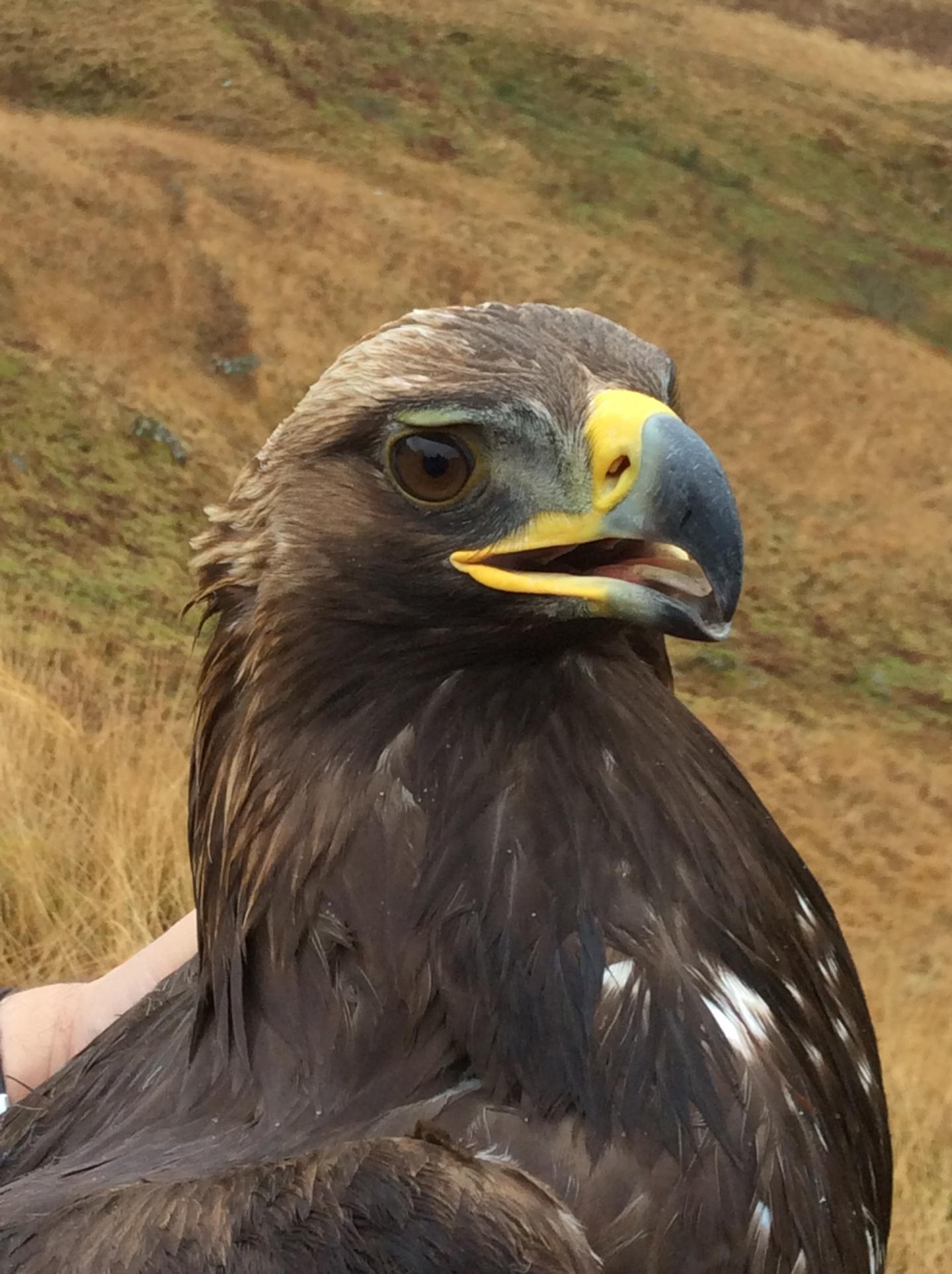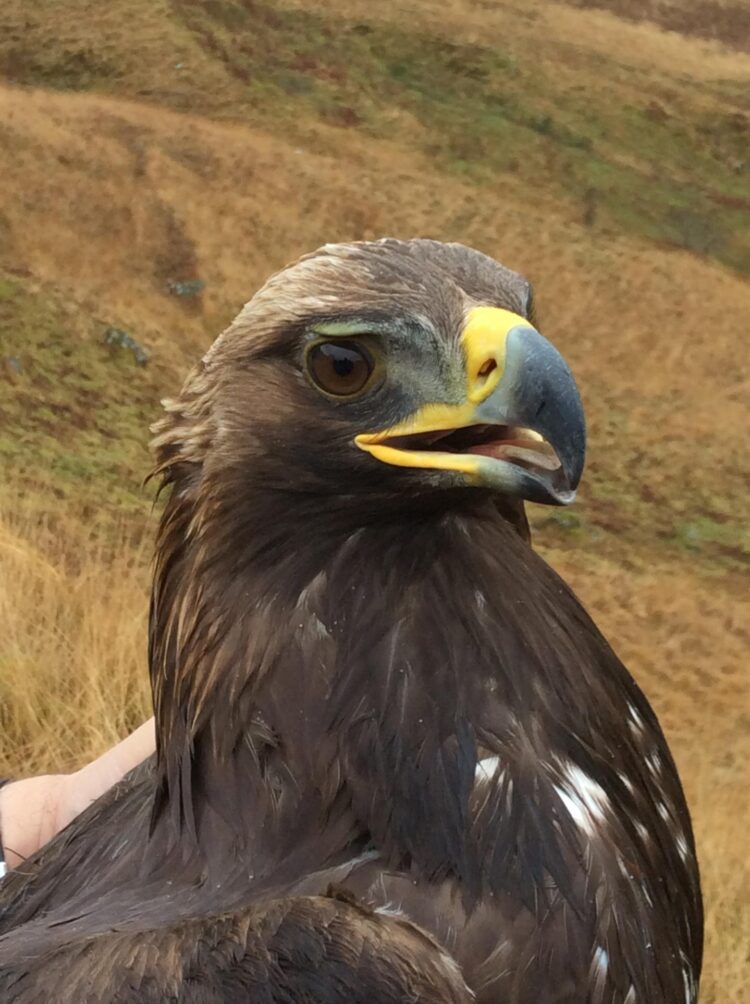
Credit: Dr. Whitfield
Results from a study published in Ibis show that how close Golden Eagles will fly to wind turbines depends on habitat suitability inside and outside of a wind farm. Also, the largest impact of wind farms was a loss of Golden Eagle habitat, which could be mitigated by including the study’s findings in wind farm planning.
The study included data from 59 GPS-tagged Golden Eagles before and after turbine operation at 80 wind farms across Scotland.
“Previous research on Golden Eagles, notably in the United States, has tended towards collision with turbine blades as the main consequence of their interaction with wind farms. Our study shows that across numerous wind farms in Scotland, this was not the case, but that deleterious habitat loss through avoidance of turbines was the main impact,” said corresponding author D. Philip Whitfield, PhD, of Natural Research Ltd, in the UK.
###
Media Contact
Wiley Newsroom
[email protected]
Related Journal Article
http://dx.





